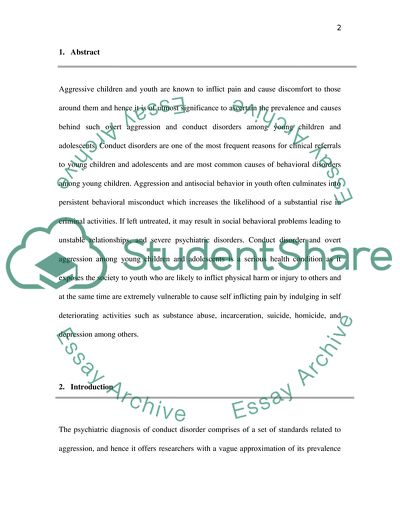Cite this document
(“Conduct Disorders Over Agression Essay Example | Topics and Well Written Essays - 2500 words”, n.d.)
Conduct Disorders Over Agression Essay Example | Topics and Well Written Essays - 2500 words. Retrieved from https://studentshare.org/miscellaneous/1552900-conduct-disorders-over-agression
Conduct Disorders Over Agression Essay Example | Topics and Well Written Essays - 2500 words. Retrieved from https://studentshare.org/miscellaneous/1552900-conduct-disorders-over-agression
(Conduct Disorders Over Agression Essay Example | Topics and Well Written Essays - 2500 Words)
Conduct Disorders Over Agression Essay Example | Topics and Well Written Essays - 2500 Words. https://studentshare.org/miscellaneous/1552900-conduct-disorders-over-agression.
Conduct Disorders Over Agression Essay Example | Topics and Well Written Essays - 2500 Words. https://studentshare.org/miscellaneous/1552900-conduct-disorders-over-agression.
“Conduct Disorders Over Agression Essay Example | Topics and Well Written Essays - 2500 Words”, n.d. https://studentshare.org/miscellaneous/1552900-conduct-disorders-over-agression.


